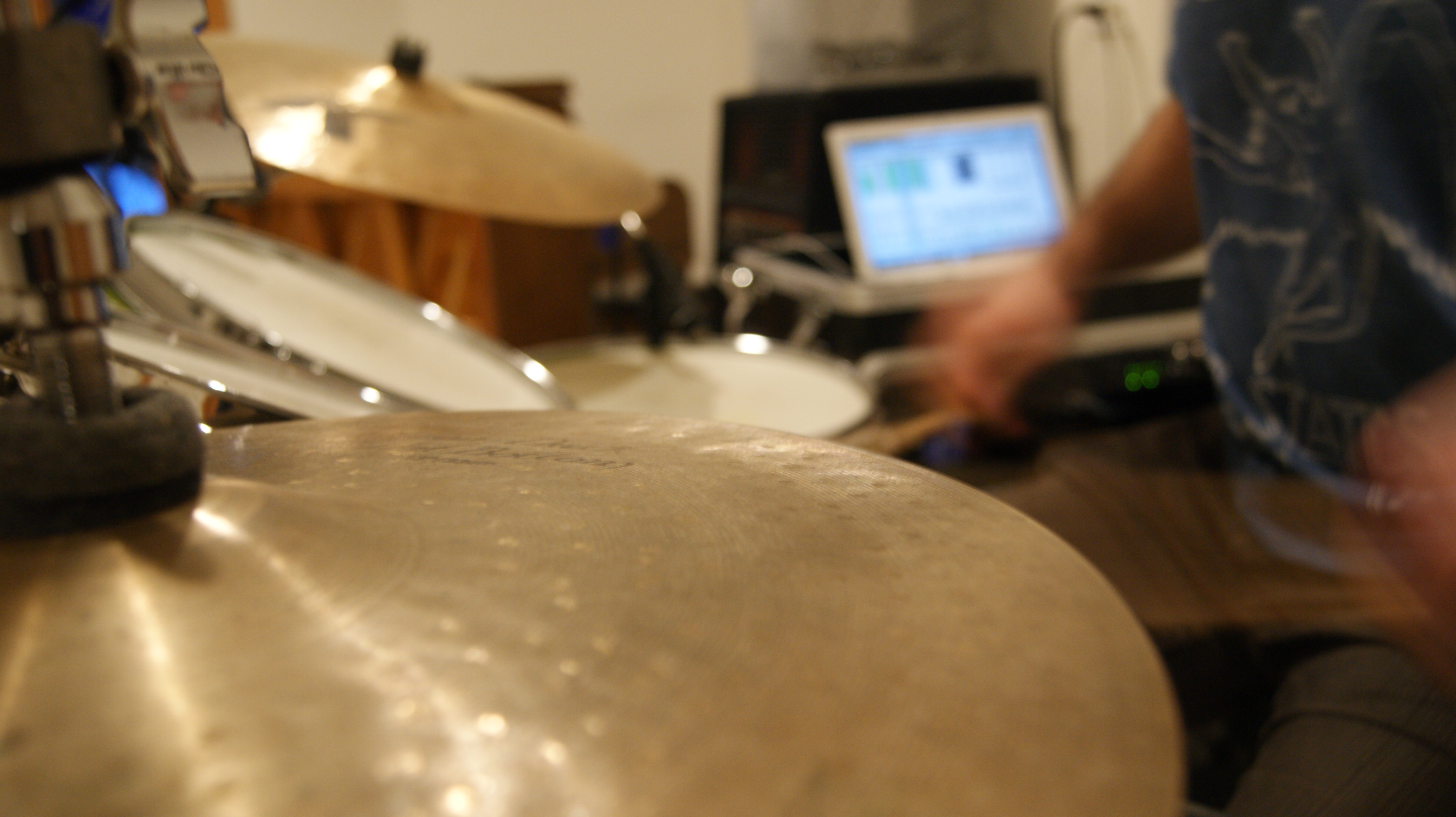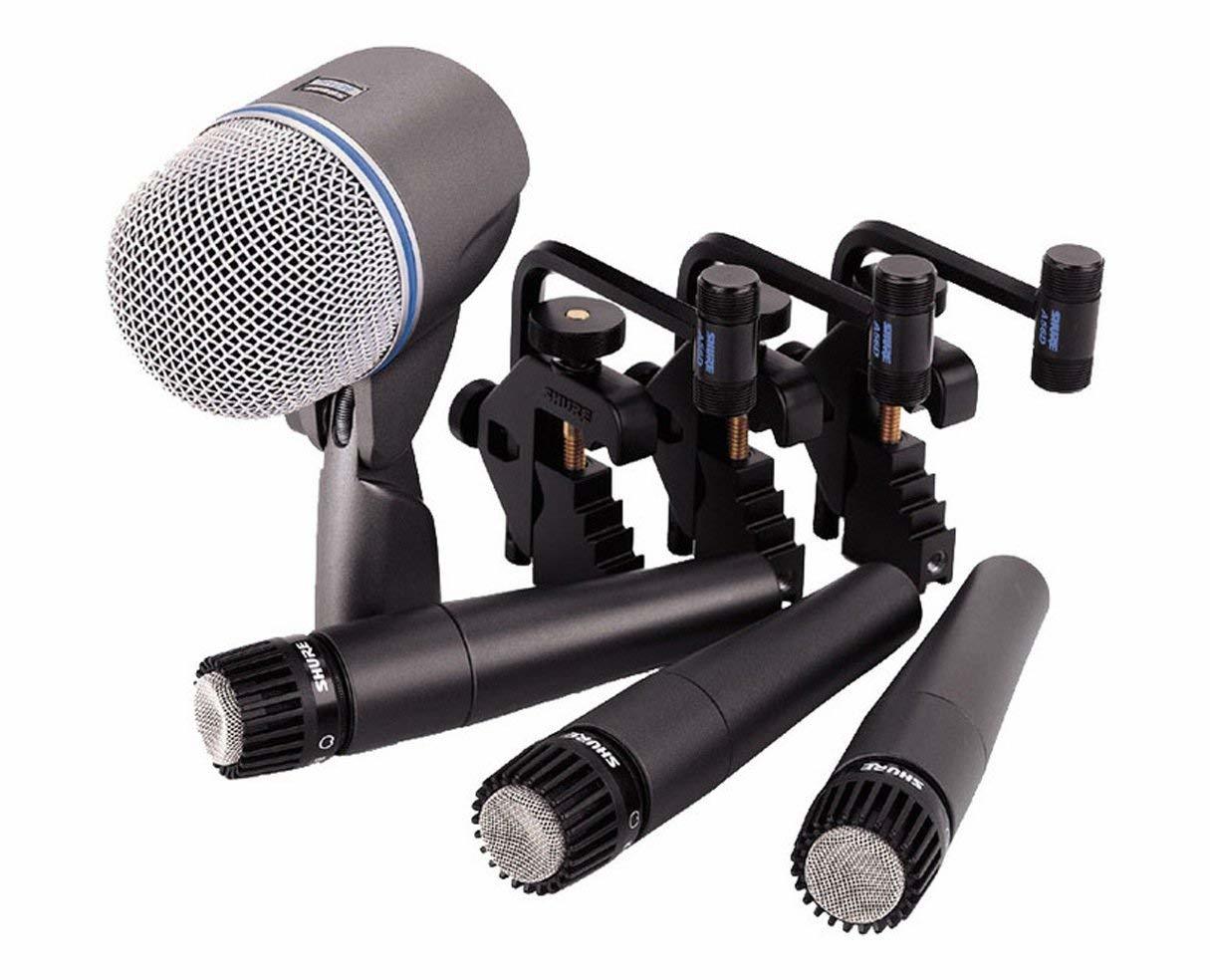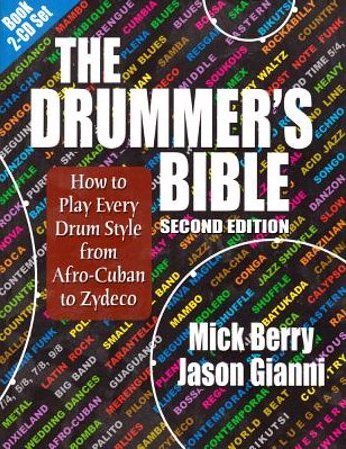Everything You Need to Become an Online Session Drummer – Part 1 – Getting Gear

So you’ve honed your drumming craft by practicing and performing. You have good feel, rhythm, and time and you make good musical choices when you play. Why not share your talent with even more people and make extra money in the process? I make it sound simple but it really is. People would say I’m crazy but I am here to tell you why it’s not that crazy.
There are 3 reasons why I know you can be an online session drummer:
Yes, $1500 is a lot of money. There are some work arounds. There are free pieces of software you could start with. You could borrow microphones and other gear from friends. But, in this article I am going to focus on the most inexpensive gear that will get you professional results right out of the box.
You really don’t need to be an amazing drummer to do sessions. You don’t use virtuosic chops in a session gig…like EVER! You just need a solid feel and some experience in different musical styles.
Music that requires session drummers is very functional and rarely virtuosic or complicated.
A lot of times, the music calls for a very simplistic or cliche version of a style you have heard, because that’s what will get the point across in the track for the average listener. If a track is supposed to sound funky, it needs to sound like the most cliche funk you can think of, like Tower of Power or James Brown. Get it?
You don’t need to be Kenny Aronoff! If you don’t know who Kenny Aronoff is, he is basically the quintessential modern session drummer. He’s been on hundreds of huge recordings and played with artists like John Mellencamp, Stevie Wonder, John Fogerty, Jon Bon Jovi, Smashing Pumpkins, John Mayer, Alicia Keys to name a few. But, you don’t need to be him. He is the “goto guy” for huge name acts and has been doing it for 40 years! His name gets him gigs but also a hefty payout for the one hiring him! You’re affordable!
Also, do you ever think about all the media we see on a daily basis these days? Back in the 90s, you only heard music on TV, in movies, at malls, and in elevators.
There’s a greater demand for music now than there ever has been in history.
Almost every single business has a YouTube ad or some type of corporate video with music behind it. Apps, YouTube channels, Podcasts all have music!
And, just like indie bands that don’t have a big name, don’t get a lot of plays on the radio, or win Grammys yet still making a good living; there are countless indie filmmakers making short films and artistic pieces yet still making a good living. And they need music with session drummers too!
So, you don’t need $10,000 in gear, you don’t need to be drum set wizard, and the need is out there. You need to fill that void! Let’s get down to what you will actually need to get started.
What I Assume You Have
I have lead this article with some assumptions about you and your situation. If you’re reading this, you probably already knew what an online session drummer was which also means you probably are a drummer and you have a decent sounding drum set and some sort of practice space or room that you practice in.
I would also assume that you are reading this post on a computer. Not an ancient computer, but something that is no more than 5 to 8 years old with decent memory. A computer with at least a dual core processor and at least 8 gigs of RAM (you can get by with 4). This will get you started. Obviously, things will run more smoothly if you have more.
I am also assuming you sound good, play solid time, make good choices musically, and have experience in many different styles. There are a lot of different styles that can be specific but the main idea is that you can play all the “cliche styles” in music. Styles like rock, jazz, funk, “latin”, etc. This is where making good choices comes into play. You have to fulfill what the composer is going for so you need to be familiar with many styles. More on this later.
With online sessions, 99% of the time everything is sequenced to a click track (metronome). This means that you have to be able to play solidly to a click track so you can record something that will sync well to the writer’s music.
Some would say that being able to read music is a requirement. I would highly suggest learning how to read music if you don’t know how. But I personally don’t think it is essential.
So you already have a decent drum set and practice space, a decent computer, and intermediate to advanced drumming skills including the ability to play to a click track. Let’s move on to the gear you might still need to get.
What You Need to Buy
Audio Interface & Music Production Software (Digital Audio Workstation - DAW)
An audio interface is a piece of equipment that converts an analog signal (from a microphone) into a digital signal and then into your computer (usually connected by a USB cable). I love my Focusrite Scarlett 18i20. Focusrite makes very solid gear for their price point. This particular unit has 8 high-end mic preamps which is enough to record an 4-piece drum set. It connects via USB and is easy to set up. This will be one of the essential pieces you purchase because it is difficult to find someone that is willing to borrow out an interface. I am not kidding when I say that Focusrite is the way to go if you want professional level recordings.

Focusrite Scarlett 18i20 with Ableton Live 10 Intro Music Production Software (view item on Amazon.com) (commissioned links)
There’s another reason why this particular purchase is so important. The Focusrite units come with Ableton Live Intro for FREE! That’s the music production software that you need to record with. It’s basically impossible to borrow someone else’s software so you will need this! You can always upgrade to the Standard or Suite version later but you will be able to record with the Intro version right away.

Ableton Live 10 Intro Music Production Software (view item on Amazon.com) (commissioned links)
There is a lot of chatter about which DAW is better (ie Pro Tools, Logic, Cubase, etc). I can put all those debates to rest right now. All of these DAWs basically have the same quality and recording capabilities. They all can use the same high-end third party plugins.
The reason you should definitely buy Ableton Live is because the live performance capabilities blow all other DAWs out of the water.
If you perform live at all as a musician, you need Ableton Live. Even if you don’t run backing tracks to your music, you still need it for segues, cues, sounds, live recording, DMX lighting controls…you name it. This is the end all for live performance and it’s recording capabilities are just as good as any of the others. Period.
In-Ear Monitors or Headphones
You will need isolation of the music or click track when you record your parts because you can’t just crank the music out of a speaker. Otherwise your drum microphones will pick up those sounds and make your recording quality vastly deteriorate. This is where a nice set of headphones or in-ear monitors become necessary. I use in-ear monitors because they are less bulky so I can use them live, and they seem to give me better isolation. While you’re recording, some headphones won’t block enough of the outside sounds of your drum set and it will make it difficult to hear the click track or music you’re recording to.
Shure makes very solid equipment and the Shure SE215-CL sound isolating earphones are a very affordable option for in-ear monitors. They will give you the isolation you need and sound quality that will help you create the best tracks you possibly can.

Shure SE215-CL Sound Isolating Earphones (view item on Amazon.com) (commissioned links)
Microphones
Microphones are essential to capturing the best sound from your drum set. There are so many different microphones out there that do a good job, but I literally have the most affordable options listed right here that will give you professional quality recordings.
Shure Drum Microphone Package
Again, Shure is a top brand. I will tell you right now that all the microphones in this package are literally industry standards in almost any recording studio. That means, these microphones are as good as you’ll ever need and they are extremely affordable. This Shure DMK5752 Drum Microphone Package comes with the amazing Beta 52A kick drum microphone, three SM57 microphones for two toms and your snare drum AND three microphone clips to mount to the rim of the drum. This package gets you well on your way to pro level recordings.

Shure DMK5752 Drum Microphone Package - 3 x SM57, 1 x Beta52, Case, Drum Mounts (view item on Amazon.com) (commissioned links)
Rode NT5 Condenser Microphone - Matched Pair
You have all your drums close mic’d with the Shure kit, but now you need overheads to give your kit some depth and fullness. This is absolutely essential in getting a good sound out of your kit. The Rode NT5 condenser microphone pair accomplishes a left and right image of your drum set while saving you money. There are other options out there, but not this level of quality at this price point—that is why I stick with this paired set.
Rode NT5 Matched Pair (view item on Amazon.com) (commissioned links)
Accessories
Sometimes you can find microphone packages that come with cables and stands which always saves on the budget. But, to setup the overhead microphones, you will need some tall boom mic stands and cables. These are solid choices I have listed here and you'll need two (2) of the boom mic stands for the overhead mics and one (1) short mic stand for the kick drum mic. I prefer the weighted base over the tripod so you're not tripping over the tripod legs in the walkway in front of the bass drum.
You'll also need as many microphone cables as you have microphones. You usually get a better deal with cables if you buy them in multi-packs. This one I have listed here is a pack of two. You'll probably want 20 foot cords but you could maybe get by with 15 footers.

On-Stage Combo Stand (view item on Amazon.com) (commissioned links)

Cable Matters 20-foot XLR Microphone Cable - 2 pack (view item on Amazon.com) (commissioned links)

On-Stage Tripod Boom Microphone Stand (view item on Amazon.com) (commissioned links)
I would also suggest you pick up the book “The Drummer’s Bible” by Mick Berry and Jason Gianni. It covers a very extensive range of styles with audio examples of the beats and it lists the artists that were best known to play the style. Playing styles for film and TV is all about “cliche styles” and what they sound like to the average listener, not a musician. (commissioned links)
That’s all the gear you need! If you’re not sure what to do next, I will be releasing part 2 of this series soon to keep the momentum going. It will be all about getting a good quality sound recording from your drum set. But, I will urge you that you need to start, and start now. You won’t get better at recording unless you do it…a lot. You can start practicing recording and getting quality sounds from your drum set while you work on promoting yourself. The networking and promoting portion will be part 3.
This checklist is very helpful after reading this article. It's laid out, plain and simple, so you can check things off as you go and plan your strategy.
I have provided a checklist of the gear I spoke about to get you going. Print this list out and put it next to your drums or work area. Goals need to be visible. I truly believe you need to see your goals on a daily basis to inspire you in order to have them manifest themselves into your life.
Thanks for reading!
Other articles that may interest you:
Definitive Drum Practice Guide from Beginner to Advanced - Part 1 - Scheduling and Gear
Definitive Drum Practice Guide from Beginner to Advanced – Part 2 - Practice Session
**Full Disclosure: I earn a commission if you click any of these links and make a purchase, at no additional cost to you.**



[…] Here is a link to Part 2:Definitive Drum Practice Guide from Beginner to Advanced – Part 2 – Practice SessionOther articles that may interest you:Everything You Need to Become an Online Session Drummer – Part 1 – Getting Gear […]
[…] Other articles that may interest you:Definitive Drum Practice Guide from Beginner to Advanced – Part 1 – Scheduling and GearEverything You Need to Become an Online Session Drummer – Part 1 – Getting Gear […]
[…] articles that may interest you:Everything You Need to Become an Online Session Drummer – Part 1 – Getting GearDefinitive Drum Practice Guide from Beginner to Advanced – Part 1 – Scheduling and GearDefinitive […]
[…] You need to have a quality audio recording to go with your video if the video recorder doesn’t have a good microphone–which they usually don't. If you would like to bring your audio recordings to a higher level, I would suggest looking at my other article: Everything You Need to Become an Online Session Drummer. […]
[…] articles that may interest you:Everything You Need to Become an Online Session Drummer – Part 1 – Getting GearDefinitive Drum Practice Guide from Beginner to Advanced – Part 1 – Scheduling and GearDefinitive […]